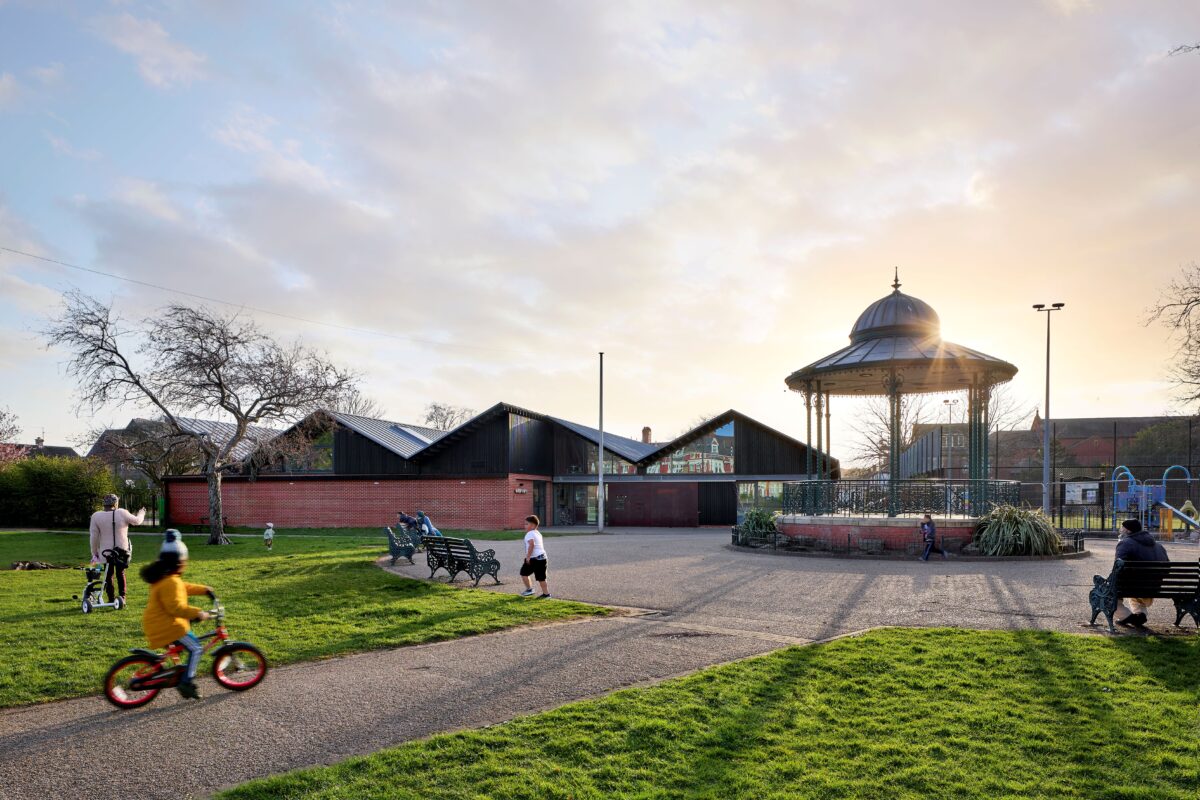
What now is our cynefin?
Carole-Anne Davies, Chief Executive of the Design Commission for Wales
Preparing this edition of the Placemaking Wales Newsletter at the turn of 2023/24 felt a little like opening successive doors in a design and placemaking advent calendar, finally alighting on identity, the sixth and last, but very much not least, principle of the Wales Placemaking Charter.
In the national policy context, the thread of distinctiveness has been strong since devolution and rightly so. Development that could be anyplace, anywhere is incompatible with the scale of discourse generated by the nationwide conversation, The Wales We Want https://cynnalcymru.com/the-wales-we-want-national-conversation/, which informed the shape of what became the Well-being of Future Generations Act – the legislative golden thread now integral to all policy.
At the Design Commission, we encounter all forms of regeneration, development, refurbishment and new-build and, in all of it, identity can be the most conceptually challenging. It is most often manifest as the character of ‘Welshness’ in the form of heritage or historic fabric, identifying with past uses or preserved merit. Alternatively, there can be a reach to grasp a narrowly defined bygone Wales in the struggle for distinctiveness of form. Occasionally, identity emerges as nostalgia or pastiche in the form of materials or treatment, and at others as a Welsh street or placename. The latter should never be confused with the careful thought and vision for renewal and reimagination that inspired the reassertion of Bannau Brycheiniog.
Development and regeneration is shaped by powerful forces and the hard quantifiable boundaries of time, money and ownership. Opportunities for richness of character and identity can be slim. To address distinctiveness and identity and respond effectively to the sixth principle as we shape places that meet human needs, it is essential that we move beyond familiar tracks and address Wales as it really is - and its people, ways of life and needs as they really are.
Today, many familiar ways of work and life are perhaps behind us – our present and future are dominated by new technologies, new energy industries, urbanisation and automation, and the global threats of changing climate and nature emergency. In Wales, as elsewhere, people, life patterns, work and cultures continue to change, shift, ebb and flow. What, then, is meant by identity now? How might we define our cynefin?
Could it be that we can thrive in a plural identity? One that is inclusive and multi-faceted in all its richness of values, lived experience and ritual, wherein placemaking addresses our common needs and embraces difference on equal terms? Could our very distinctiveness reside in our different responses to what is common to us all and which we share in our lives and how we live them? How we produce, prepare and share food; how we connect and move around; what we cherish; what our homes mean to us and how we play our parts in our communities; how our traditions and customs hold constants within a cycle of continual change.
Wales has long been multi-dimensional and diverse in its cultural makeup and it’s time the way we shape our environments caught up. Identity can be expressed as richly inclusive when it forms part of a founding vision for people and place. It can be expressed in points of departure from familiar tropes and drawn out by tangible, sustained, collaborative practice and engagement, provided it is informed by multiple perspectives that seek to embrace and enhance the commons we all share.
Credits
Image - Kyle Pearce

